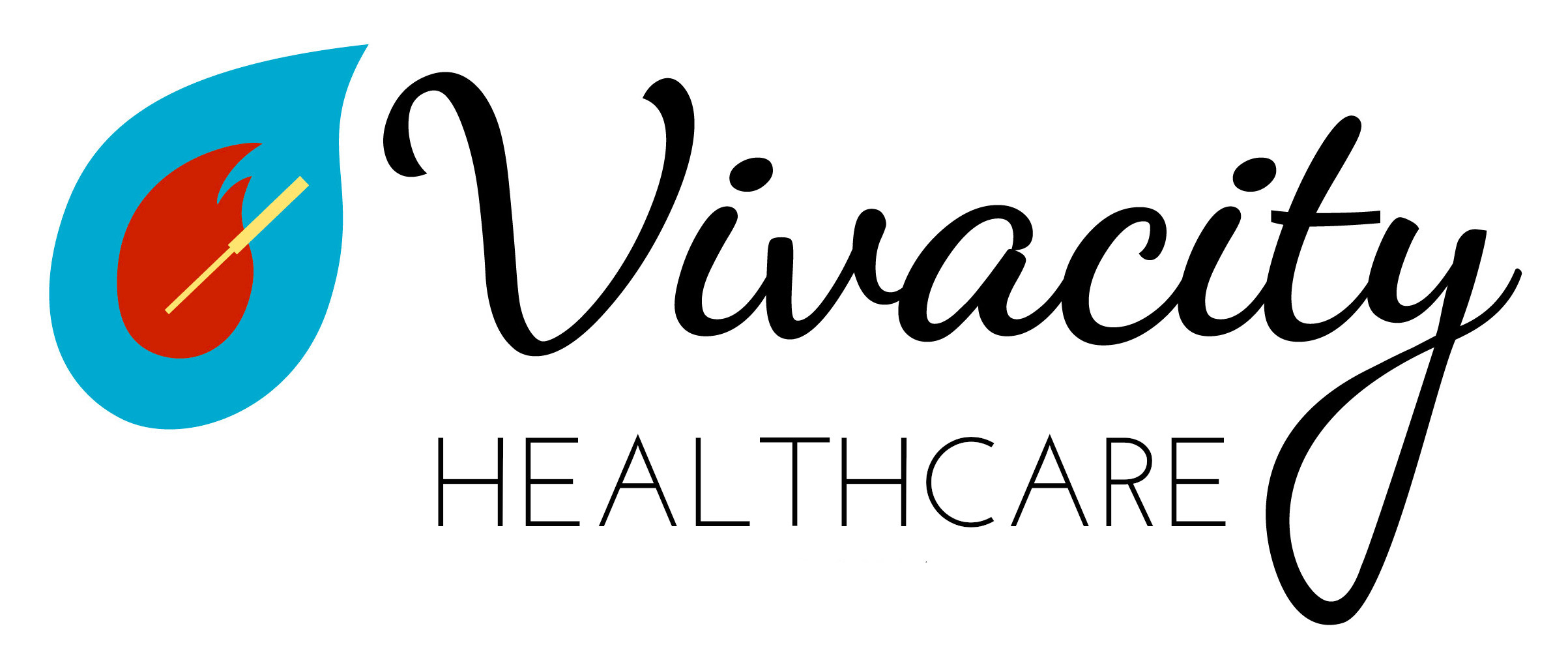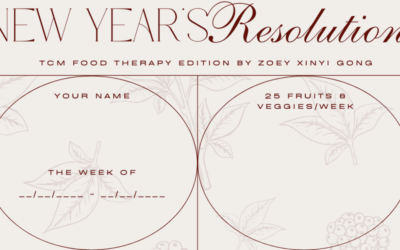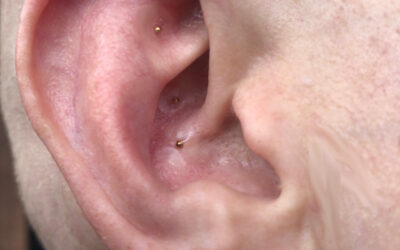Ever wonder why you get an energy spike followed by a crash after a granola bar or even a glass of fruit juice?
These blood sugar crashes tend to send people on a roller coaster, making you hungry more frequently or having cravings that lead to excess or low-quality calorie intake. This excess calorie intake taxes the body and may lead to digestive disturbances, hormone imbalances or weight gain.
People with family history of hypoglycemia or diabetes may be more aware of these changes in their bodies, but in my practice it is not just those with such a family history whose health condition is aggravated by sugar intake. It is for this reason, I recommend that everyone familiarize themselves with the Glycemic Index— a measure of how quickly blood sugar levels rise after eating a particular type of food.
Foods range from 0-100, with those greater than 70 generally considered high and those below 55 considered low. As a general rule, make sure most of your food intake is from the low side of the spectrum and eat foods on the high side only sparingly. Use the University of Sydney GI search tool to locate both low and high glycemic foods.
Where the Glycemic Index is particularly useful is in choosing healthier carbohydrates. Just changing the sweetener you use in your coffee, tea, and homemade foods can make a significant difference in stabilizing energy levels, getting you off that roller coaster that is keeping you unsatisfied and feeling unwell.
Here are my top 4 sweeteners:
- Stevia is a zero on the GI and completely natural. It is available in powder or liquid derived from the Stevia rebaudiana plant. For each cup (200 grams) of sugar, substitute only 1 teaspoon of powdered stevia.
- Also a zero on the GI, monk fruit sweetener is a natural extract of a plant native to China known as Luo Han Guo that has no calories or carbs. Substitute about 1/2 the amount of monk fruit extract for sugar.
- Erythritol is a type of sugar alcohol — a class of naturally occurring compounds that stimulate the sweet taste receptors on your tongue to mimic the taste of sugar– that is a 1 on the GI. It is made from fermenting the natural sugars found in certain vegetables and most often from corn. For best results, swap about 1 1/3 cups of erythritol for each cup of sugar. Because it is broken down before reaching the colon, it typically doesn’t cause the digestive issues associated with other sugar alcohols (such as maltitol or xylitol, which are also higher on the GI).
- Yacon syrup is extracted from the roots of a tuber widely grown in South America. While it does contain about 20 calories per tablespoon, it is only a 1 on the GI. Substitute yacon syrup using an equal amount in place of other liquid sweeteners, but cooking with yacon syrup is not recommended, as the fructooligosaccharides can break down when exposed to high temperatures [1].
Cane juice (a 43 on the GI), coconut sugar (a 35 on the GI), agave nectar (a 15 on the GI), brown rice syrup (a 25 on the GI) and maple syrup (a 54 on the GI) –while natural– are in a GI range that is not suitable for low carb diets.
References
[1] L’homme C. et. al. “Kinetics of hydrolysis of fructooligosaccharides in mineral-buffered aqueous solutions: influence of pH and temperature.” J Agric Food Chem. 2003 Jan 1;51(1):224-8.




